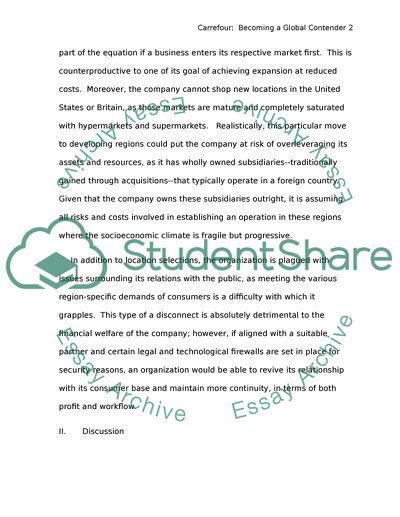Cite this document
(Carrefour Group - Finding Retail Space in All the Right Places Research Paper - 1, n.d.)
Carrefour Group - Finding Retail Space in All the Right Places Research Paper - 1. Retrieved from https://studentshare.org/macro-microeconomics/1753982-carrefour-finding-retail-space-in-all-the-right-places
Carrefour Group - Finding Retail Space in All the Right Places Research Paper - 1. Retrieved from https://studentshare.org/macro-microeconomics/1753982-carrefour-finding-retail-space-in-all-the-right-places
(Carrefour Group - Finding Retail Space in All the Right Places Research Paper - 1)
Carrefour Group - Finding Retail Space in All the Right Places Research Paper - 1. https://studentshare.org/macro-microeconomics/1753982-carrefour-finding-retail-space-in-all-the-right-places.
Carrefour Group - Finding Retail Space in All the Right Places Research Paper - 1. https://studentshare.org/macro-microeconomics/1753982-carrefour-finding-retail-space-in-all-the-right-places.
“Carrefour Group - Finding Retail Space in All the Right Places Research Paper - 1”, n.d. https://studentshare.org/macro-microeconomics/1753982-carrefour-finding-retail-space-in-all-the-right-places.


